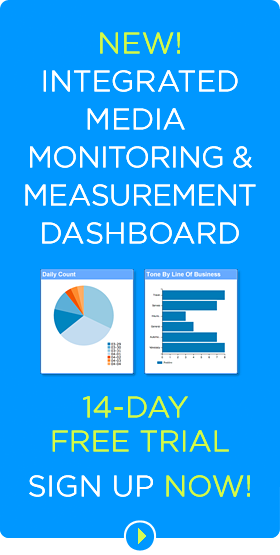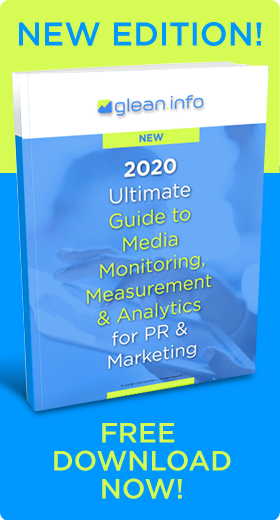 Time-based metrics appear to be gaining greater acceptance as a new advertising and marketing metric.
Time-based metrics appear to be gaining greater acceptance as a new advertising and marketing metric.
Just this week, the Financial Times announced it will sell online advertising based on costs per hour (CPH), measuring not just whether an ad is seen or not, but for how long. FT asserts that the CPH metric is far superior to the standard cost per thousand (CPM) metric that measures impressions or clicks. Under the new ad payment structure, brands will no longer pay a fixed rate per impression because their ad appears on a page that a reader opens. Instead, they will pay a variable rate based on the time that readers actually view the ad. The new billing structure responds to ongoing controversies about the actual viewability of many online ads.
FT tested the new CPH metric with 10 clients, including BP, iShares and IBM, last fall. Its research shows that the longer readers view an ad, the more likely they will remember the brand and its message. Working Chartbeat, FT will sell blocks of time and guarantee brands will pay only for ads viewed more than five seconds.
The Five-Second Threshold
Ads seen for five seconds or more on FT.com show up to 50 percent higher brand recall and familiarity than ads visible for shorter times. With detailed data about subscribers, brands can run highly targeted campaigns and receive 10 percent more advertising time than through CPM campaigns.
Dominic Good, FT’s advertising sales director, put it this way: “For the nearly three decades of commercial internet history, advertising has derived its value from one measure: how many people click on an ad. Low viewability scores and questions about advertising placement and fraud have increased the need for better measurement and transparency to demonstrate the actual outcome an advertiser is seeking.”
Time-based metrics will also benefit publishers, FT believes. Publishers like FT with substantive content can engage readers and viewers for longer periods of time and can therefore charge higher rates under a time-based fee schedule. The time-based metric also helps the publisher to use its inventory more efficiently. The FT has been able to use data insights to optimize its inventory towards high-performing time placements. FT says it’s working with other publishers to increase the use of CPH, with the intention of making it a standard metric.
Fewer Readers, More Attention
Why is the FT so enthusiastic about the metric? It lacks the huge web traffic of other major media outlets. It has about 12 million unique visitors a month compared to about 200 million for the Daily Mail, according to Fortune. But its readers spend more than three times as long on the site as readers of other media outlets. Clearly, it hopes the metric emphasizes that fact as an impressive selling point to brands.
Other publishers have advocated time-based metrics under different names, sometimes calling them attention-based metrics. Medium advocates total time reading as its top metric, and Upworthy has implemented two forms of attention-based metrics. Total attention on site per day, week or month measures overall popularity. Total attention per piece measures how many people see web page and how long they are able to view it.
Proponents assert that time-based metrics represent the future of digital advertising and marketing. When page views are the deciding metric, content producers may be tempted to lure viewers to open articles with enticing — and sometimes misleading – headlines. But time-based data can help publishers identify their best content and counter click-bait articles.
Innovative marketers are already using the metrics to find the best customers and improve their campaigns, according to ChartBeat, which helped develop the new metric and billing method in partnership with FT.
Possible Issues & Problems
The potential glitch in the new billing methodology is that most Internet users have learned to ignore graphic ads on Web pages. No matter how long the ad is within view, many users never actually see it; they have developed online ad-blindness. There may never be a method to measure the number of ad-blind viewers.
Interestingly, the time-based metric may have some application in PR measurement. Time on article could be a valid measure of how thoroughly each individual viewer read an article or viewed a video. Such a metric could be applied effectively to the billing of native advertising. The problem, however, is that publishers are unlikely to make the data on reading/viewing time for editorial content available to corporate communications departments.
Bottom Line: The FT’s adoption of cost-per-hour advertising provides a substantial boost to time-based metrics that proponents say are much more meaningful than impressions or clickthoughs. Similar types of attention-based metrics may gain greater acceptance by marketers as publishers demonstrate their benefits.
William J. Comcowich founded and served as CEO of CyberAlert LLC, the predecessor of Glean.info. He is currently serving as Interim CEO and member of the Board of Directors. Glean.info provides customized media monitoring, media measurement and analytics solutions across all types of traditional and social media.




